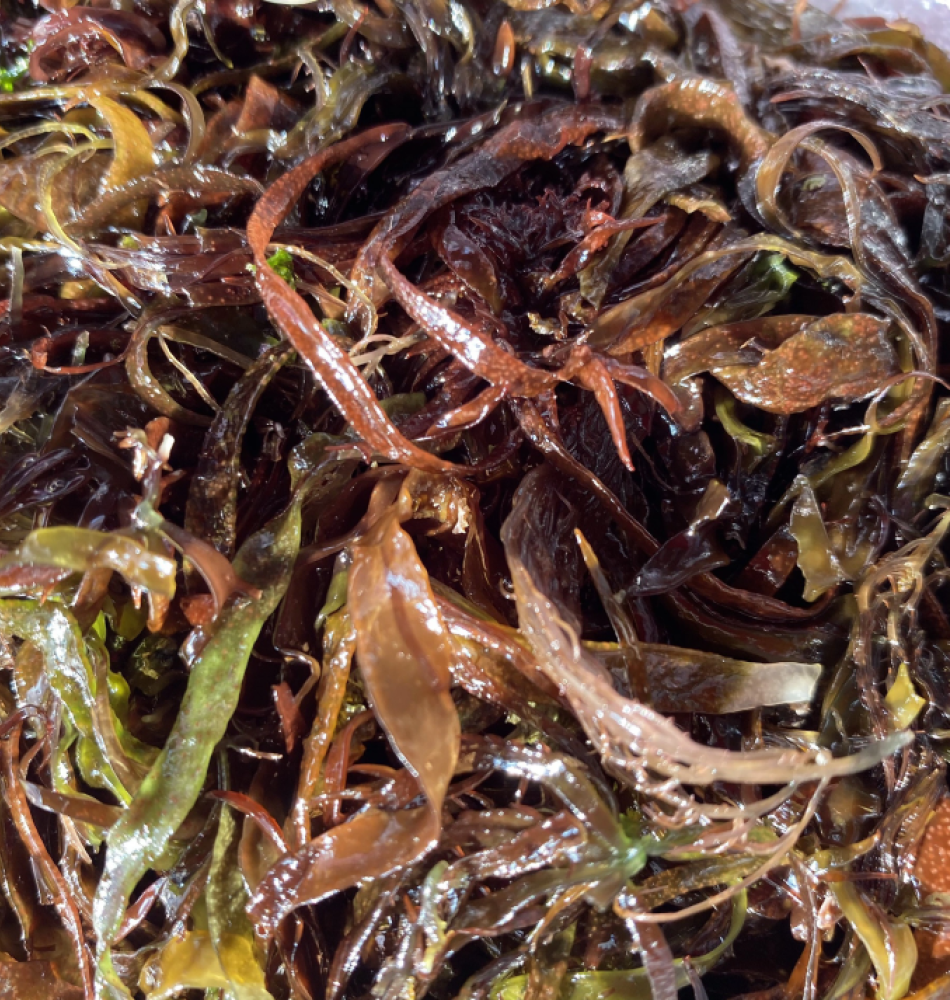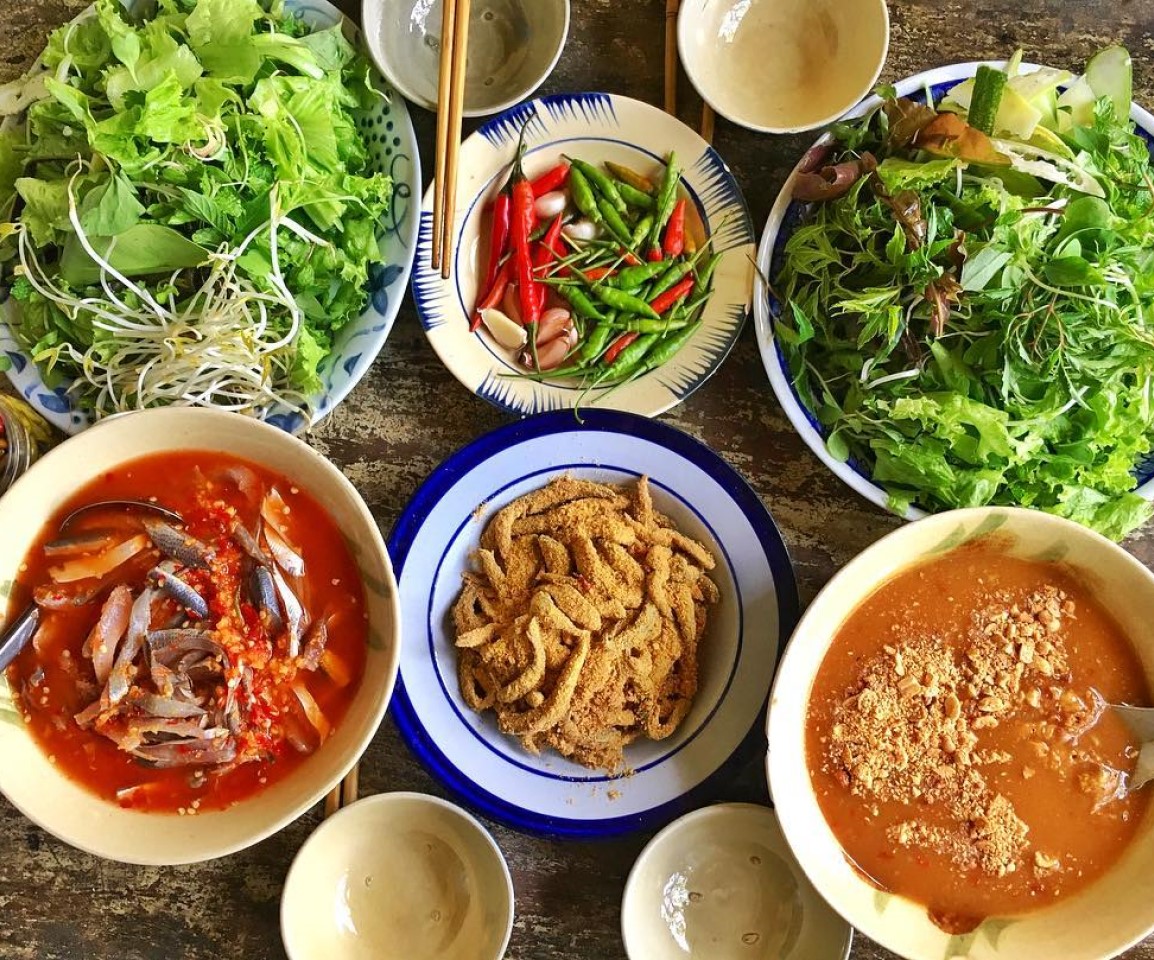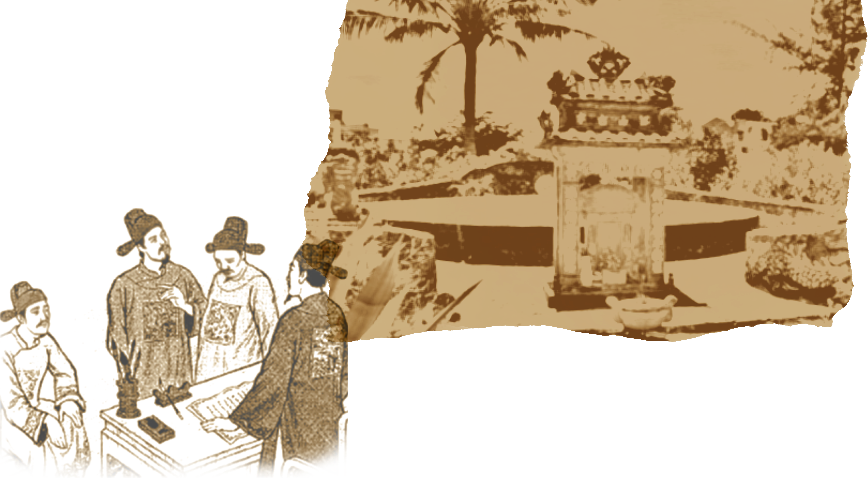
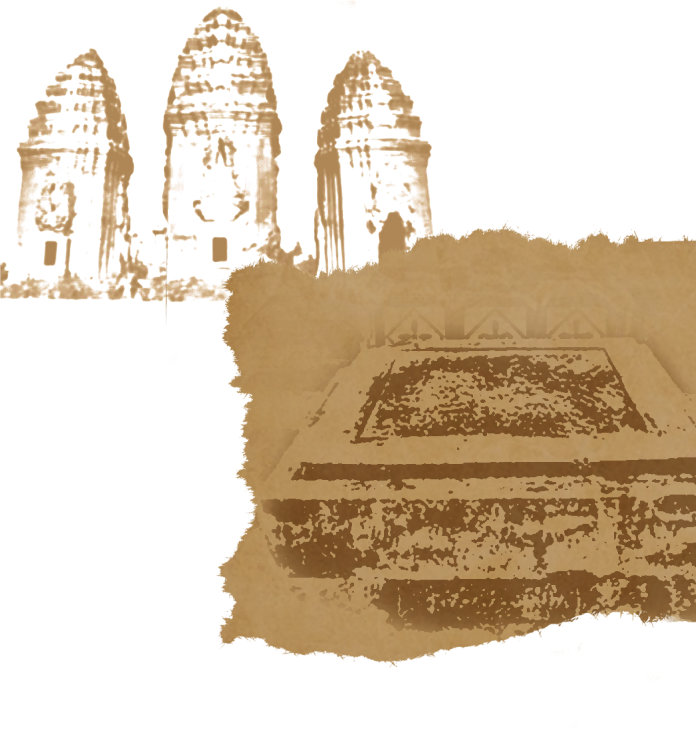
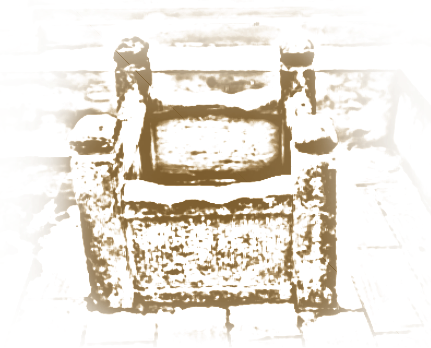


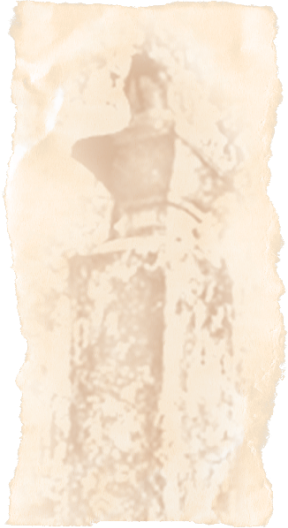


For hundreds of years, Nam O has been marked by a unique blend of cultures unlike anywhere else: the memoirs of Champa and Dai Viet civilizations, along with the distinctive cultural structures of the fishing villages. Together, they have shaped a rich and profound cultural and spiritual life, filled with diverse beliefs and traditions. The centuries-old tales passed down through generations of the villagers are alive in the stories of the moss-covered ancestral temple nestled under the lush green trees on the rocky cliffs, and in the bustling scene at the ancestral tomb during fishing seasons, where fishermen gather to seek blessings.
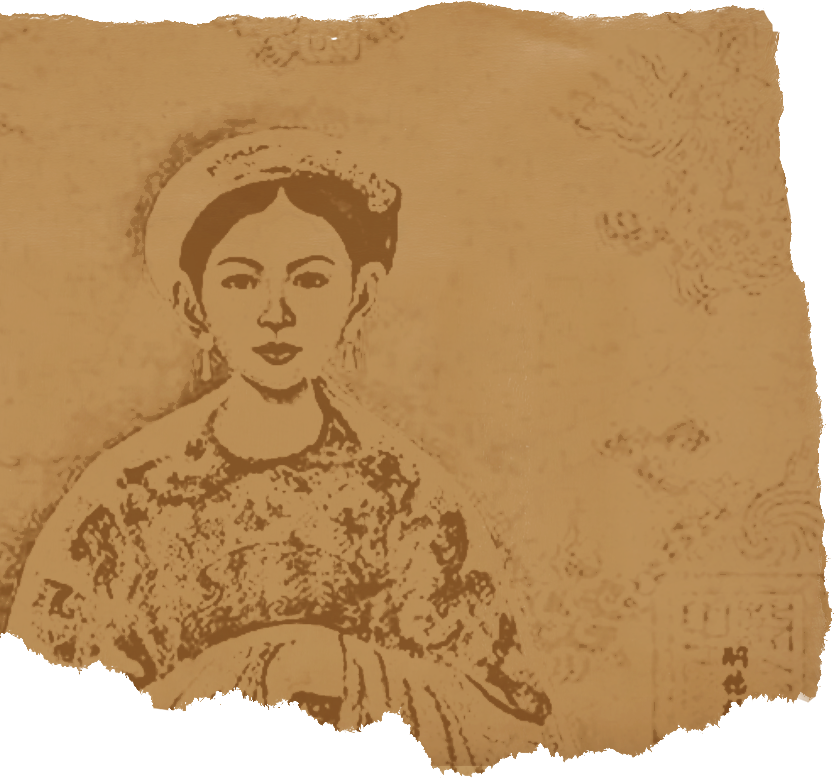


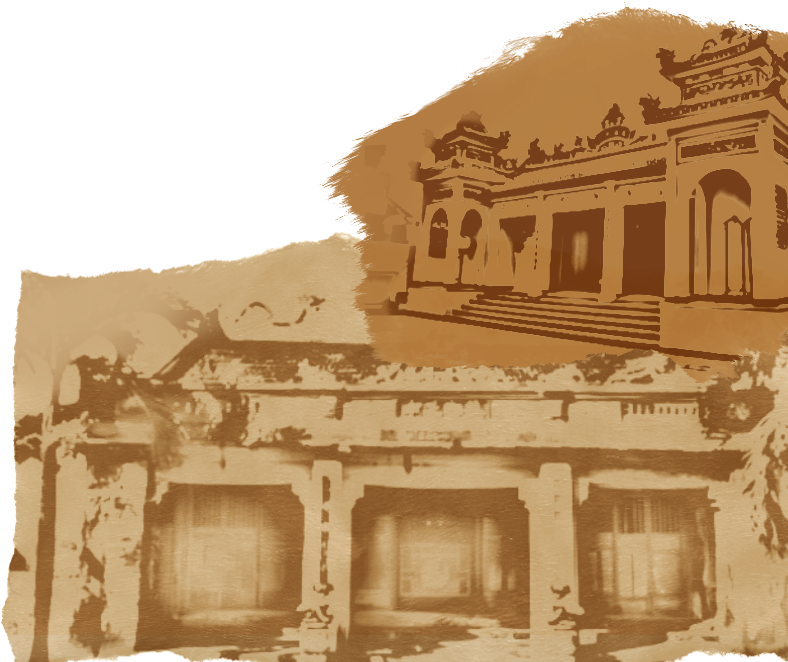

In 1301, Emperor Tran Nhan Tong of Dai Viet visited Champa and was warmly welcomed by King Che Man with great hospitality, care, and sincerity. Touched by the king's generosity, Emperor Tran pledged Princess Huyen Tran to King Che Man. The Champa King also showed his truly warm heart by offering two regions O & Ly (Ry) as a marriage dowry.
In Jun, 1306, Princess Huyen Tran boarded a ship to Champa Capital, becoming the Queen Paramecvari of the Champa Kingdom. The wedding of Princess Huyen Tran was recorded as a glorious historical page about the expansion of Dai Viet's territory to the South.
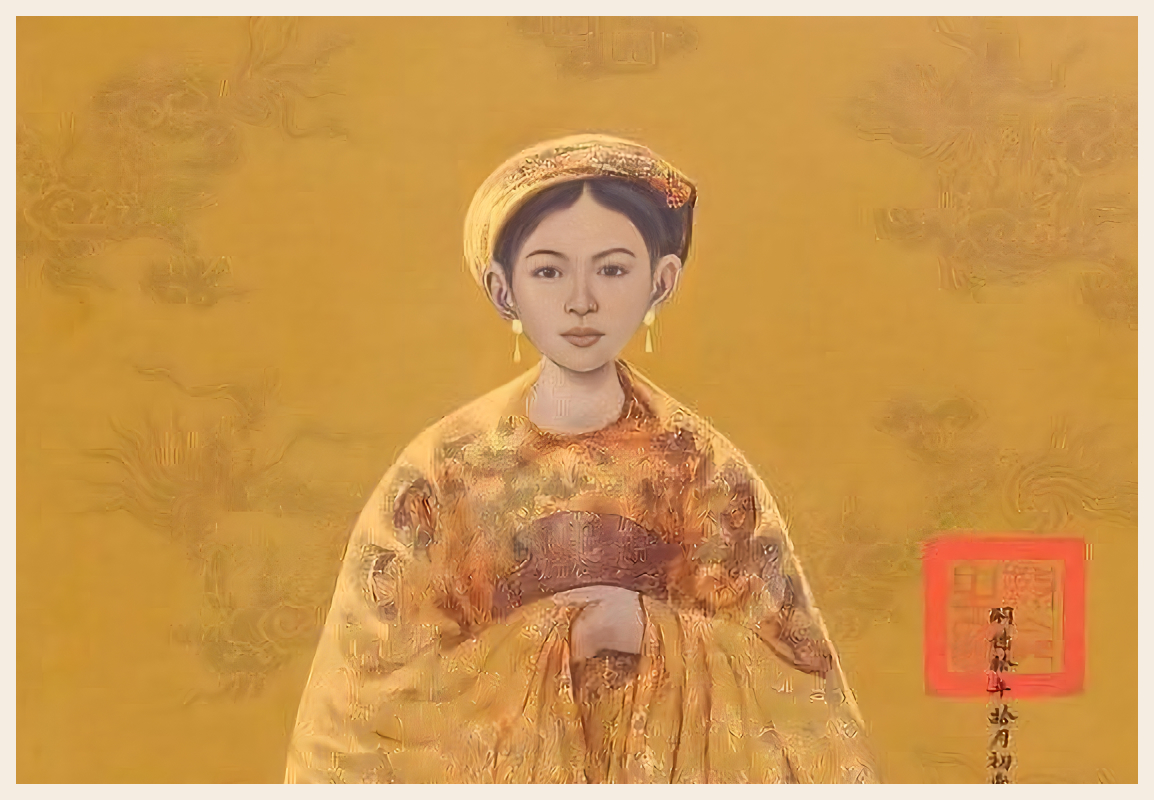

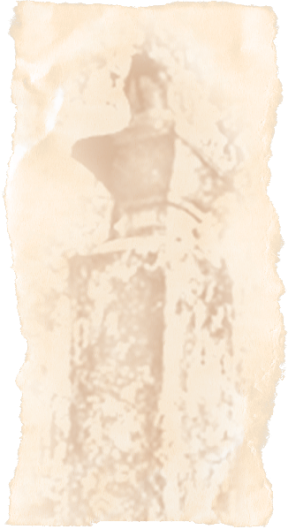

In May, 1307, King Che Man passed away suddenly. Following Champa culture, the princess was supposed to be cremated, but due to Huyen Tran being pregnant, the cremation was postponed. In October of the same year, the Tran Dynasty sent Generals Tran Khac Chung and Dang Van to sail to Champa to pay respects to the passed King and rescue Princess Huyen Tran. On their way back, they passed through Nam O village, where they were warmly welcomed and sheltered by the villagers. Here, the Princess spent time teaching the villagers agricultural techniques from Dai Viet, earning their love and respect. After her passing, the people of Nam O village built a temple in the forest on Mount Hon Phung to express their love and respect to the Princess.




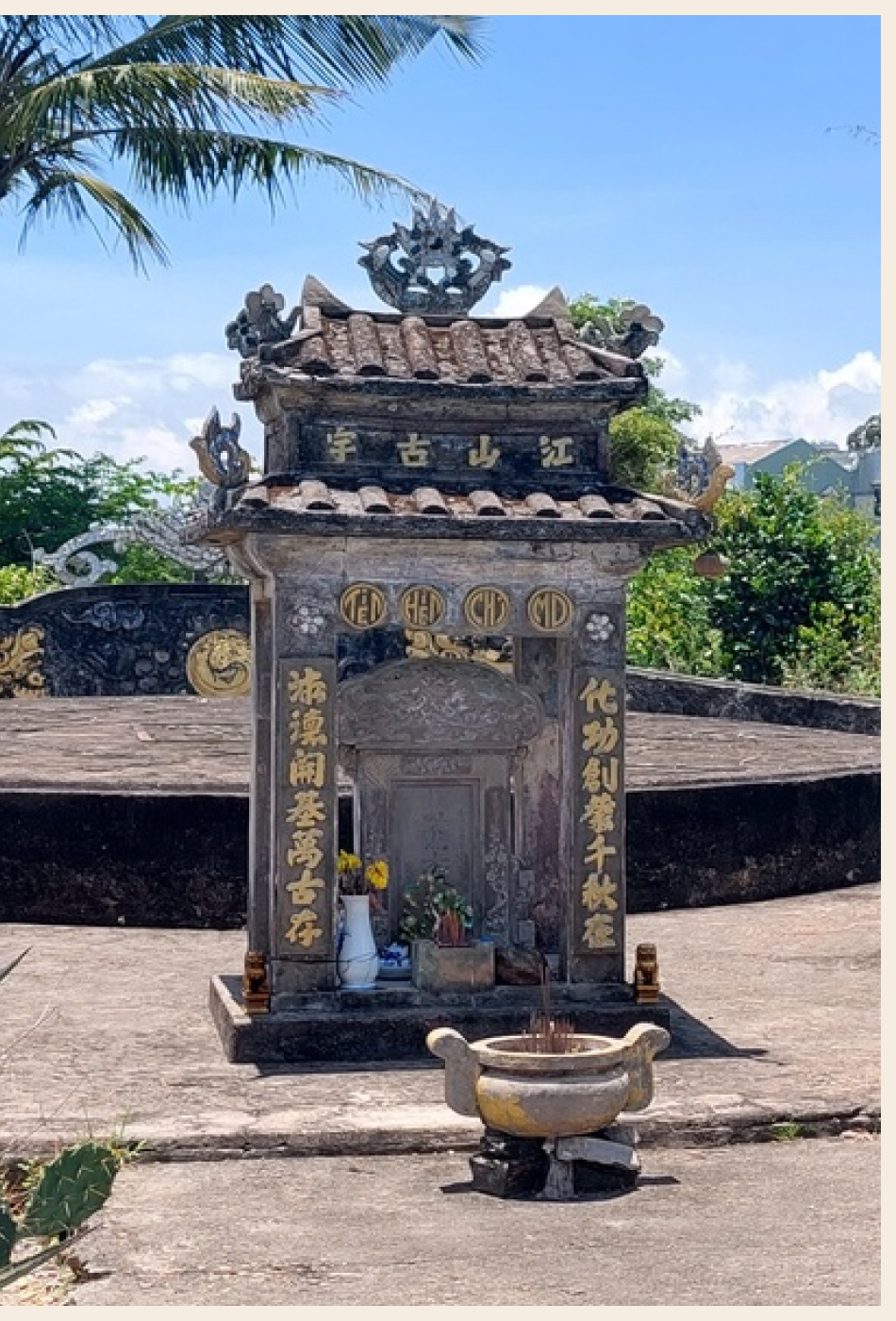

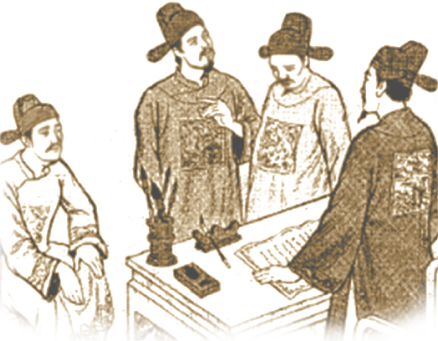

According to historical records, on the journey to rescue Princess Huyen Tran, when they reached Nam O village, the Tran Generals were surrounded by the Champa army. To break the siege, a brave general sacrificed himself by leading a rear-guard attack to allow General Tran Khac Chung to use a small boat to take Princess Huyen Tran back to her homeland. To remeber the general, the villagers buried him and posthumously honored him as the village's Ancestor. The elderly in Nam O village often liken the sacrifice of this Ancestor as a historical moment in Dai Viet's southward expansion.
In documents compiled by the Council of Nam O village, the Ancestral Tomb is also considered the burial place of the village chief. In 1400, the Ho Dynasty overthrew the Tran Dynasty and also conquered Champa. Champa King had to cede two territories that are now Quang Nam and Quang Ngai to the Ho Dynasty.
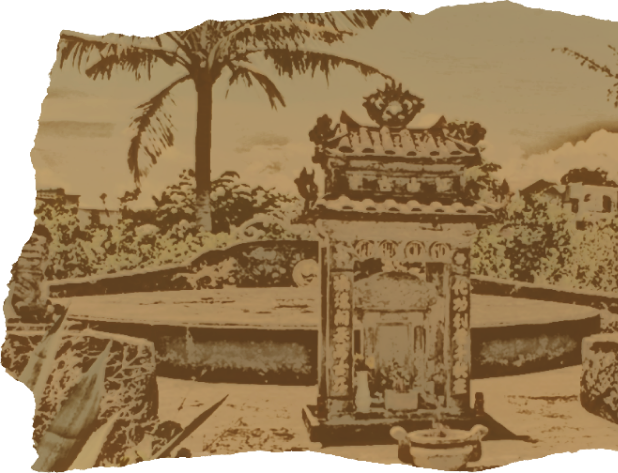


By 1407, the Ming Dynasty invaded our country. In an attempt to assimilate our nation, they forced the people to build temples for Thanh Hoang and the Five Elements. After suffering defeat, the Vietnamese army scattered, with some seeking refuge in what is now Nam O village, where they settled and built homes. To honor their memory, the villagers established an Ancestral Tomb and constructed a communal house to commemorate the Ancestor on the 24th day of the 6th lunar month every year.
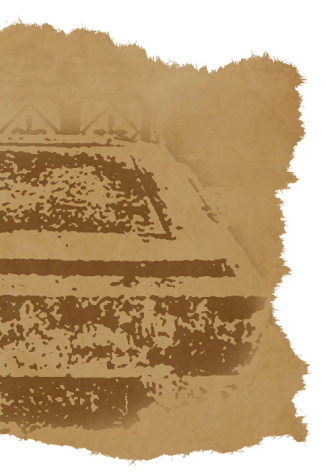


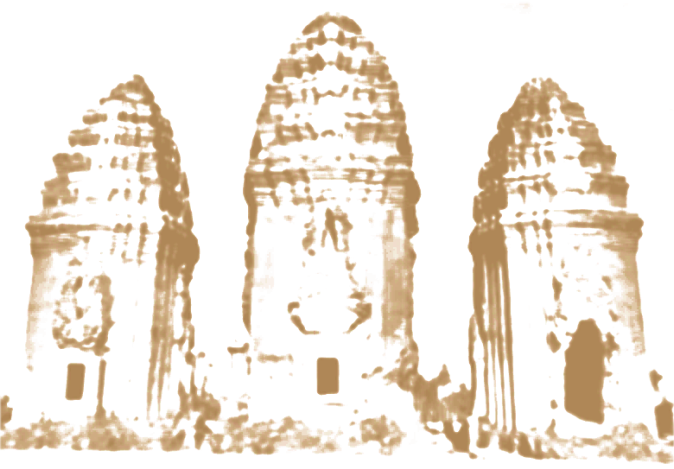

The first published document mentioning the archaeological site in Xuan Duong, Xuan Thieu (part of Hoa O village according to history), is the "Dai Nam Nhat Thong Chi" which refers to the "Tra Vuong ancient tower”. Over 100 years ago, Henri Parmentier conducted a survey and recorded in the bulletin of the French School of the Far East (BEFEO): "Mr. Cosserat, in Hue, showed us to a Cham architectural site near Nam O station, at the foot of Hai Van Pass, close to the coast, and we conducted a quick survey on April 19, 1923".
In 2015, after excavation at the Cham tower ruins in Xuan Duong, the team from the Institute of Archaeology of Vietnam discovered the foundation traces of the site along with numerous Cham bricks. Research on the Cham site in Xuan Duong, Dr. Le Dinh Phung - Head of the Historical Archaeology Department (Institute of Archaeology of Vietnam) believes that within the system of Cham towers along the Central Coast built close to the sea, the construction location of Xuan Duong is particularly significant.
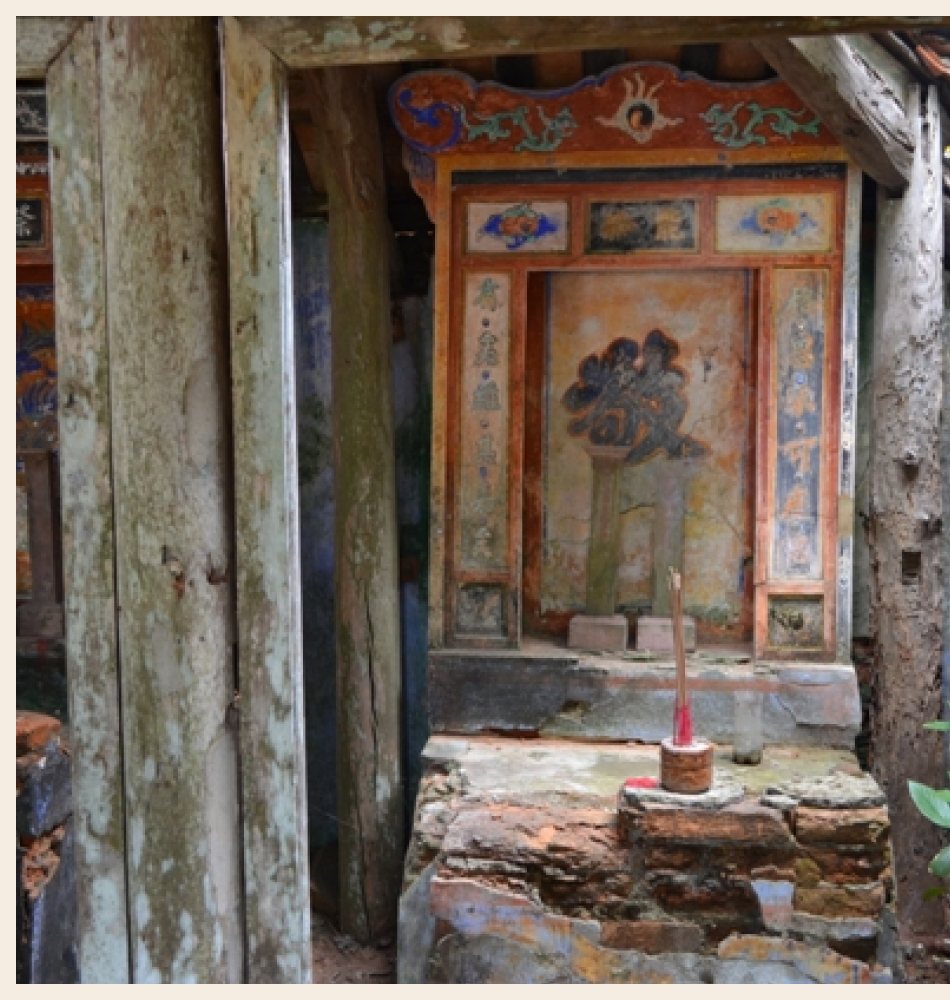

"In 1306, according to the marriage agreement, King Che Man agreed to gift Chau O and Chau Ly to marry Princess Huyen Tran. This area included the entire northern bank of the Thu Bon River, so the Xuan Duong tower was within this scope. However, later the Cham people adamantly refused to hand over this land to the Tran family, and one of the reasons for their refusal was related to the Xuan Duong tower. Because the Xuan Duong tower held a crucial position and role in the spiritual life of the Cham people. It was where they performed rituals before setting out to the sea and oriented from the sea to the mainland, serving as the preeminent port, the lighthouse of the Cham people in this region."
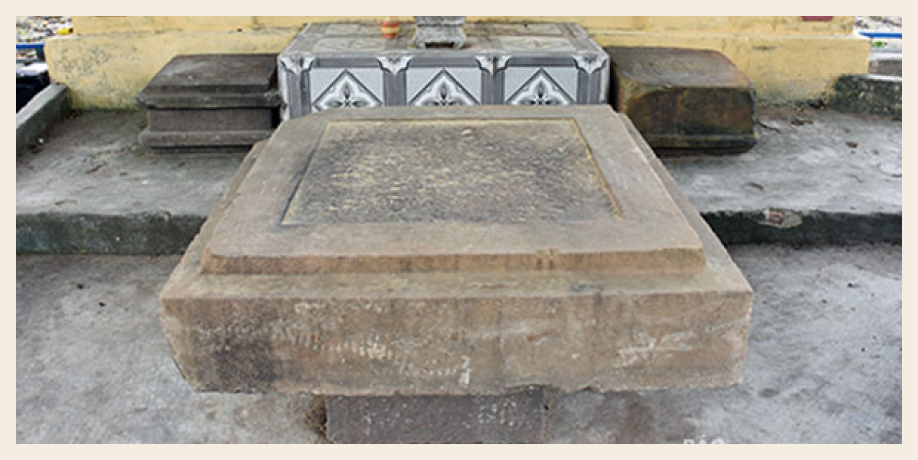

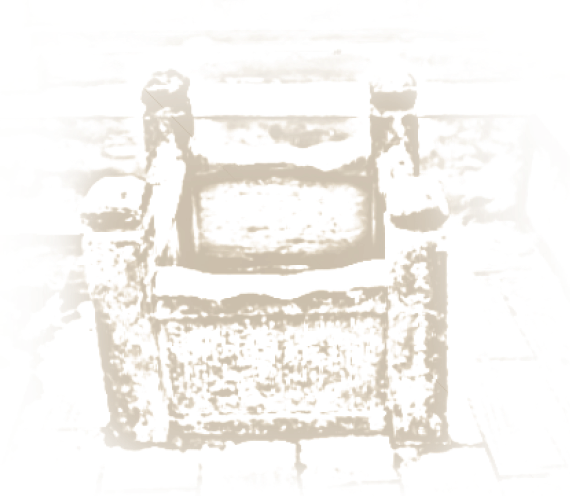



From numerous records on the search for Cham cultural relics in Quang Nam, 4 out of 6 Cham wells existing in Da Nang are located in the Nam O, including Dinh Well, Thanh Cung Well, Con Tro Well, and the Well of Great Whale Temple.
Among the 4 remaining square Cham wells in Nam O, the Well of Lang is the most famous and one of the "Nam O Seven Gems". The well was established during the Bao Dai decade (1935), with “Ất Hợi tuế, lục nguyệt tạo" as engraved in Han script on the well wall. The well structure is crafted from blue stone, a distinctive feature in Cham well craftsmanship. Despite its proximity to the sea, the water in the Well of Great Whale Temple is completely free of saltiness or contamination. Many villagers believe that in the past, anyone suffering from stomach aches, bloating, or indigestion could simply drink a few sips of water from the well to be relieved.
In the past, trading ships from North and South often docked at Nam O to obtain fresh water from this well for long sea voyages. Historian Professor Tran Quoc Vuong also mentioned: "Ancient Arabic-Persian documents indicate that from the 8th to 16th centuries, the Cham people continued to supply and export fresh water from these wells to international merchant ships."
Today, the Well of Great Whale Temple remains a fresh, clean, sweet, cool water source in the summer and warm in the winter. Everyday, buckets of water are still drawn up from the depths of the well to supply the residents of Nam O village as well as travelers, just as they have been for centuries.
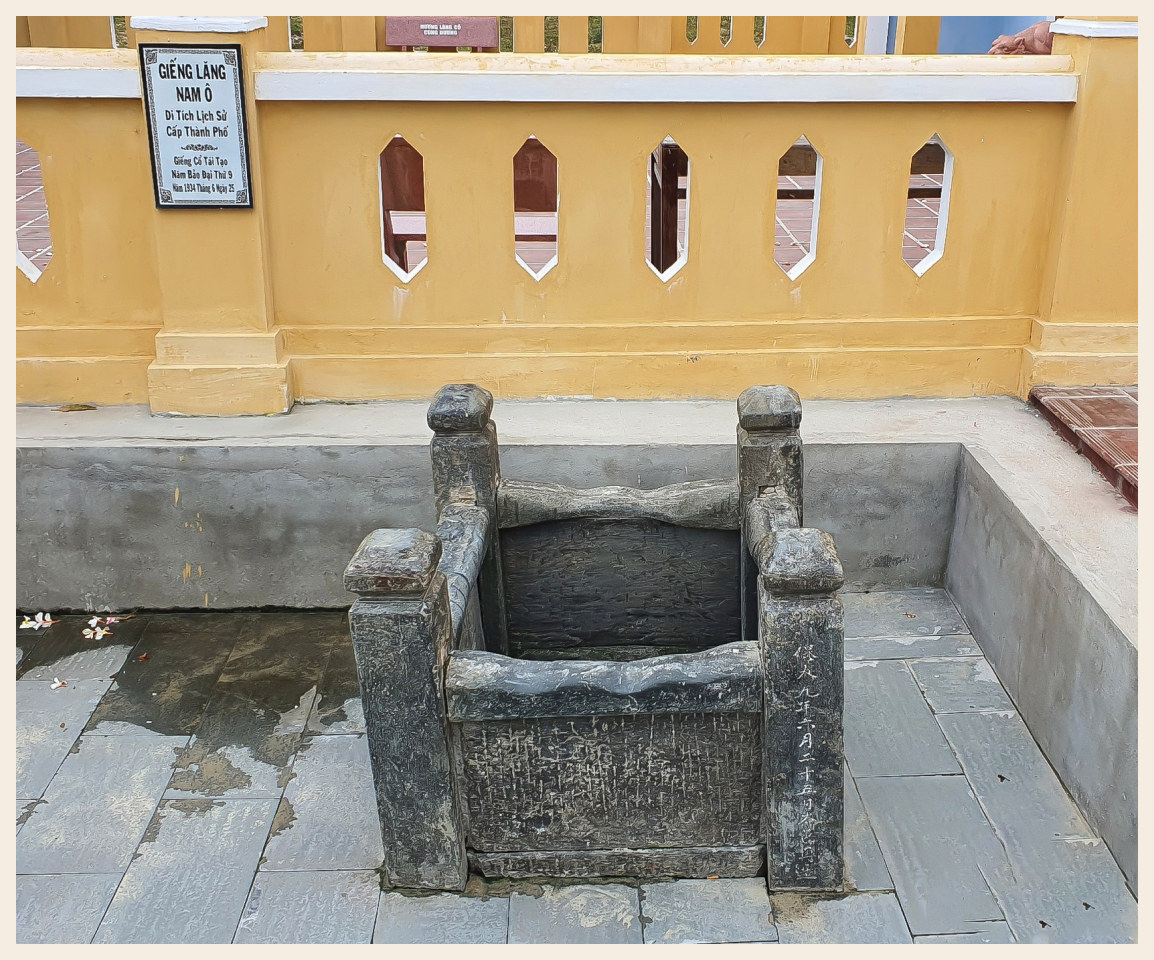


According to the elders in the village, Nam O Temple was built at the southern side of Hon Phung. The temple's back faced west, overlooking the east on a site of good Feng Shui, with the sea in front and natural forests rustling alongside. Legend has it that a dynasty official once passed through, inspired by the beauty of the village, and composed a quatrain, which the elders had inscribed on the temple’s wall. The author likened the temple to a gem in the beak of a phoenix amidst the crescent-shaped Danang Bay. The front view faced the sea, welcoming the deep blue tide waves, fostering both literary and martial arts in the village. After being severely damaged by the storm in the At Mao year (1915), the villagers moved the temple to the current location, the residential area of Nam O 1. This new location is situated close to the Nam O River bank, facilitating waterway transportation, hence the temple attracts many visitors from various places.
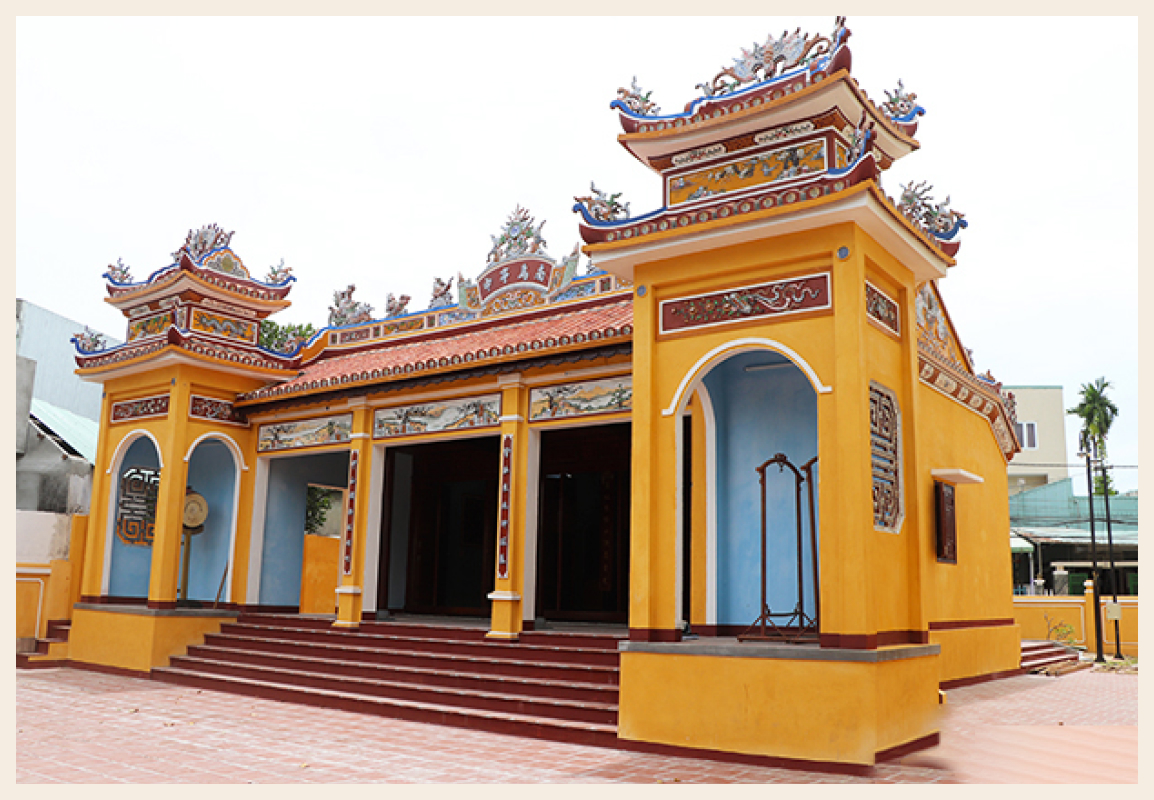


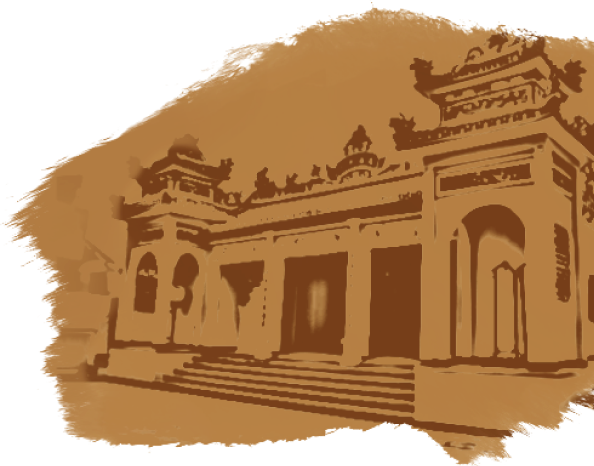





The SpiritualTemple is a cultural and historical relic, embodying the humanistic and compassionate spirit of the Nam O villagers. In the Mau Ngo year (1858), during the French-Spanish forces' naval attack on the port of Danang, near the foot of Hai Van Pass, our army's artillery thundered from Nam O Station day and night in defense but could not halt the enemy's advance. After the battle, many dynasty troops, station soldiers, civilians, and martyrs sacrificed themselves. Apart from a few bodies brought back by their families for burial, the remains of thousands of fallen soldiers and patriots in the fierce battle were laid to rest at the Nghia Trung Nam O cemetery. The souls of those who sacrificed were honored at the Spiritual Temple. Later, the villagers expanded the worship of fallen heroes through different eras, with the wandering souls of various ancestral lineages within the village.
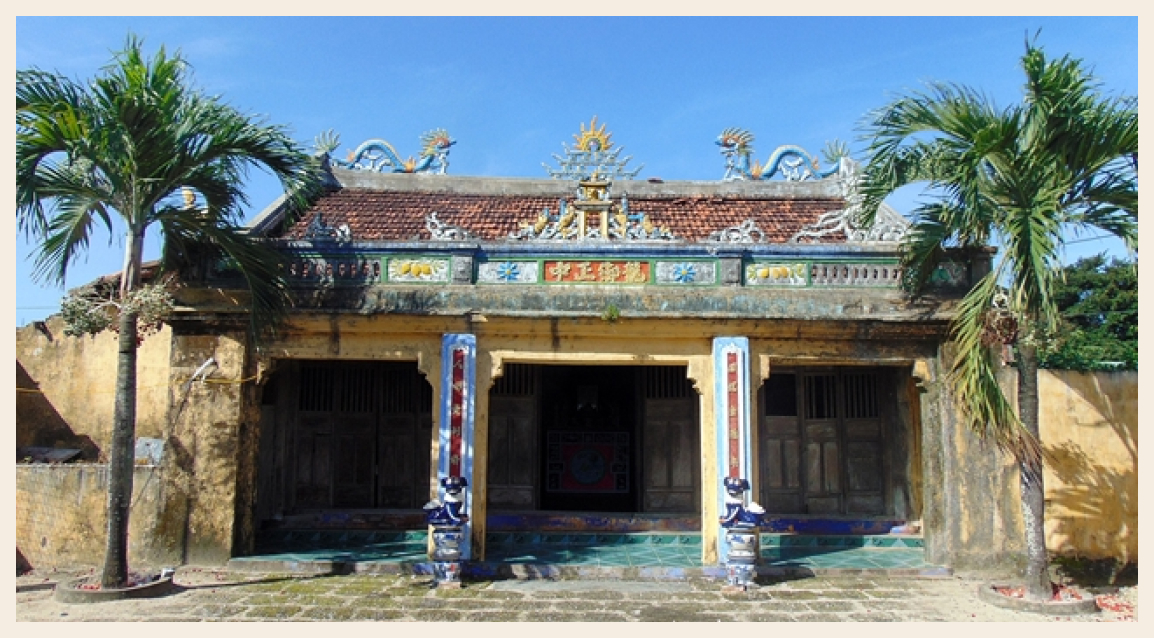


According to the village's tradition, the most taboo act for fishermen going out to sea is dropping items into the ocean. Therefore, if any fisherman loses an item during a voyage, upon returning to land, they must visit the Spiritual Temple, draw the lost item on paper, offer a ritual in the temple, and then burn the drawing on the beach. This ritual is believed to dispel bad luck for the fishermen in the village.
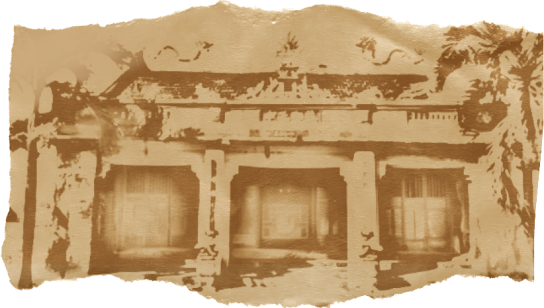






For Vietnamese fishing villages, the fishing festival and the temple dedicated to the Great Whale are distinctive cultural and religious features. The Whale Temple is where the Whale's bones are worshiped, believed to be the "life-saving god" of fishermen whenever they have to face strong winds and waves, guiding boats safely back to shore.
According to folklore, the Whale Temple was erected in 1802, during the reign of King Gia Long, on the foundation of the Cham people's Sea God temple. The temple honors the Southern Sea Celestial Ancestor Ngoc Lan Ton Thanh (also known as the Southern Sea God – the Great Whale). Legend has it as a gesture of gratitude by Gia Long when the king's ship was saved by Ong Ngu (the revered name of the Great Whale by the people of Nam O).
The Great Whale Temple in Nam O was first revered during the fourth year of Tu Duc's reign (1851), marked by the inscription "Trac Quyet Linh" still preserved in the temple’s central chamber. In the tenth year of Bao Dai's reign (1934), the temple was revered for a second time and remains unchanged to this day. The rear chamber of the shrine still houses tablets and dozens of porcelain urns containing the Great Whale’s bones for centuries.
Every year, on the 15th day of the 2nd lunar month, the Nam O villagers hold the Fishing Festival, hoping for a bountiful fishing season. The festival features traditional performances, folk songs, and games like boat racing, basket shaking, and pushing bamboo poles...



Located about a kilometer from the cluster of relics including the Spiritual Temple, the Great Whale Temple towards the peninsula of Nam O is the Ba Lieu Hanh Temple. The presence of this temple signifies the culture and religion of the Dai Viet people when migrating to Champa land.
The worship of Ba Lieu Hanh in the "Four Immortals" (Tan Vien, Saint Giong, Chu Dong Tu, and Lieu Hanh) is a beautiful cultural and spiritual value of our nation. The Ba Lieu Hanh Temple is a religious structure embodying the spiritual beliefs of Nam O villagers. It represents the culture through history, symbolizing communal strength and a spiritual sanctuary on new lands for generations, striving for a prosperous life and spiritual happiness.
In Vietnamese folklore, Ba Lieu Hanh is the second daughter of the Jade Emperor coming to earth three times to live a simple life as a woman with aspirations for freedom and happiness. The Nguyen dynasty later bestowed upon her the title "Mother of the Nation - Mother of the People”. According to elders, the Ba Lieu Hanh Temple was once considered the most sacred place in Da Nang, where people from Quang Nam sought blessings during each festive season.









The three villages of Nam O, Xuan Thieu, and Xuan Duong were once a united village named Hoa O - Xuan Son, with a shared communal house, a shared temple for worshiping deities, and a shared temple for honoring Buddha. The Ba Bo Bo Temple is one of them. This ancient temple has been in existence for over 150 years since its last restoration.
According to records from the Nam O Historical Relics Cluster provided by the Department of Culture and Information of Lien Chieu district, Ba Bo Bo is a Cham deity believed to protect the coastal residents, worshiped by the Vietnamese people, including the inhabitants of Da Nang's coast in general and specifically the residents of Nam O who offer prayers and rituals.



Among the deities with "royal favor" worshiped in the temple, two high-ranking deities, Thiên Yana (Cham Mother Goddess) and Cao Cac Quang Do (Dai Viet Goddess), are honored in the central chamber. On the left side chamber, there are inscriptions for "Bô Bô Phu nhân Sắc tứ Trung đẳng thần" and "Bổn xứ Thành hoàng Sắc tứ Bảo an Chánh trực Hựu thiện Đôn ngưng chi thần." The value of this temple lies in its ancient and primitive architectural style, blending Cham materials with Vietnamese craftsmanship, uniting Vietnamese goddesses with Cham goddesses harmoniously for the past 150 years.












Beside the river, by the sea, the serene waters not only bring the village of Nam O picturesque beauty but also serve as a resting place for generations of kings and lords. The “special offer" of nature has also made Nam O the top name on the culinary "golden list." It is said that in ancient times, Quang Nam had 5 most famous gifts dedicated to kings, also known as the "royal five dishes," including: Phong Le mangoes, Dai Loc pomelos, and 3 dishes from Nam O - fish salad, fish sauce, and seaweed. In a vast region like Quang Nam, with rivers, mountains, seas, and forests, it is remarkable that this small village has contributed 3 dishes, making Nam O rightfully a culinary capital in the realm of delicacies.



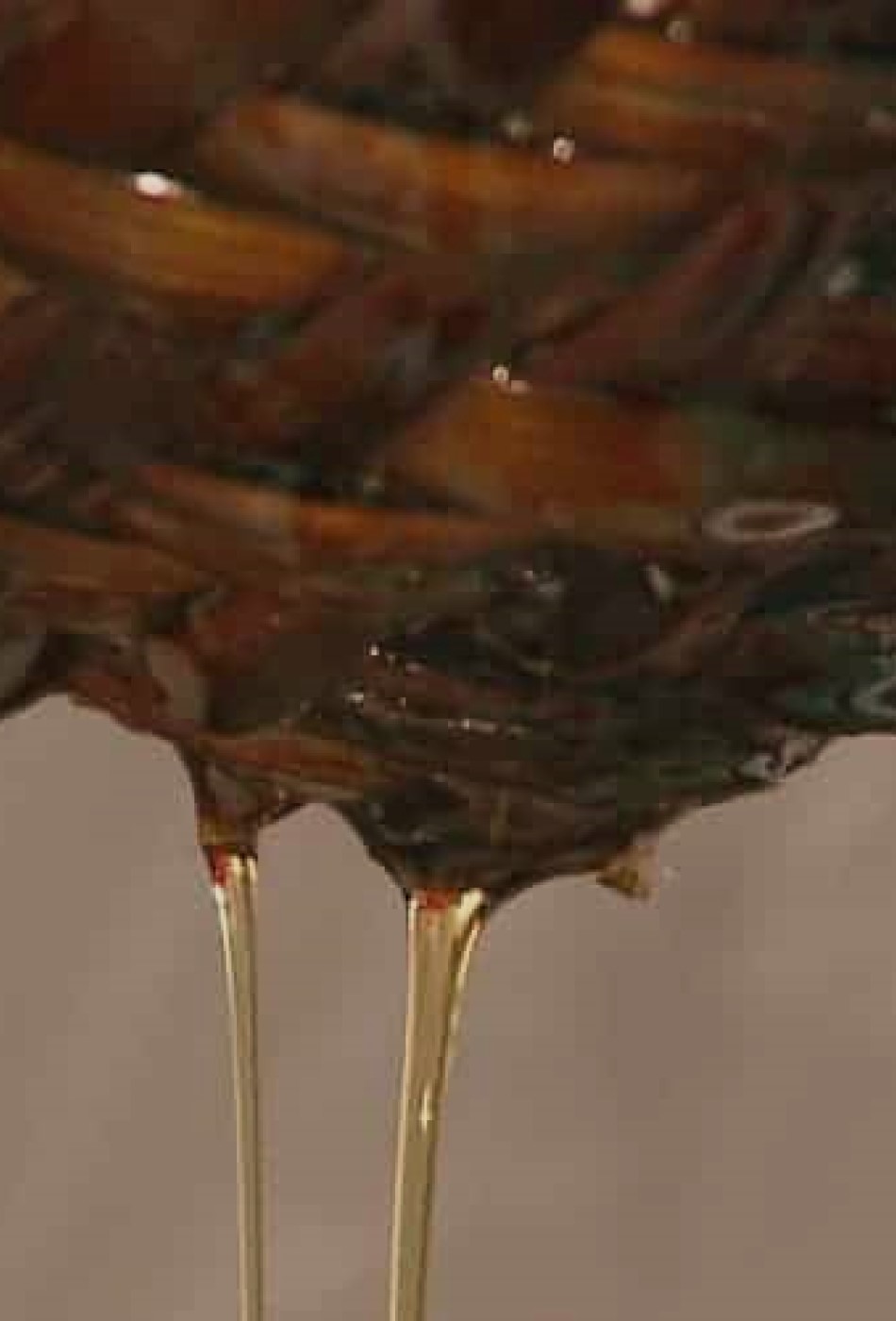

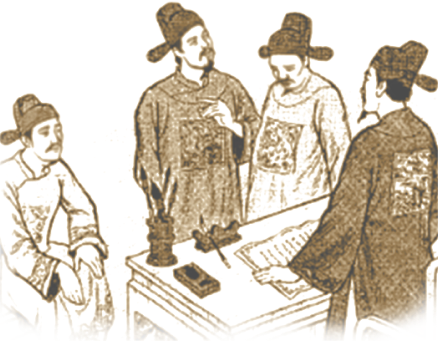

According to Nam O villager’s story, the secret to making the best fish sauce is the right season of fish, specifically the black anchovy in Da Nang Bay, right by the Cu Đê River. Mr. Ngo Dinh Khoi, the Governor of Quang Nam and the brother of Ngo Dinh Diem, once sent people to Nam O to learn the skill, bought fish, and brought it back to Hoi An to try making Nam Ô fish sauce but without success.
Baskets full of fish after each fishing trip, when brought back, are thoroughly cleaned, weighted down with stones, salted for 3 months, allowing the salt to penetrate the fish bones evenly and mature. After 10 to 12 months of fermentation, through several filtrations, the "first water" fish sauce is extracted into jars to settle for a while to evaporate and mellow. High-quality Nam O fishsauce has a clear red color, no impurities, and if a few grains of rice are dropped in it, they will float.
To this day, the elderly in the village still remember, from the 1930s to before the resistance war against the French (1946-1954) and then the 1960s, every year during the fishsauce filtering season, Nam O station would gather thousands of barrels of fish sauce, loading them onto trains to distribute everywhere.






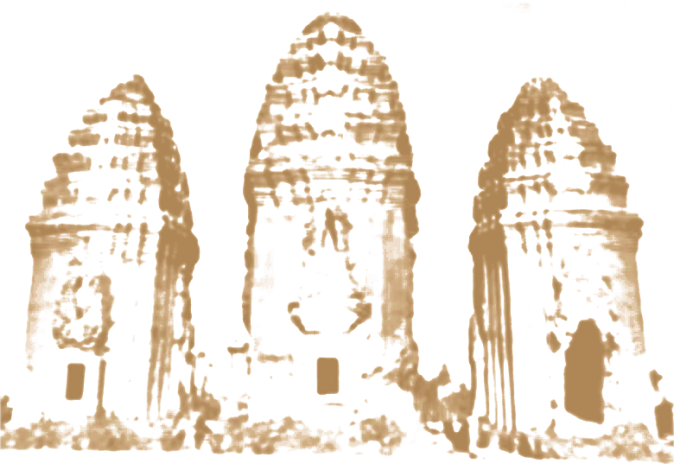

After the cold winter months, the mossy beach of Nam O appears under the spring sun with a bright green color. As the weather gradually warms up, the layer of moss covering the rocks begins to dry. This is when the Nam O villagers go to the rock beach to scrape off the moss.
In the past, people searched for moss to sell to Chinese restaurants in Chợ Lớn – where this traditional dish from Nam O was introduced. The Chinese would buy the moss, process it into more sophisticated dishes exclusively for the upper class and nobility. With names like: “fairy hair” soup, winter melon & red melon cooked with “fairy hair”, “fairy hair” cooked with pork, soup...
In the past, chefs in the Nguyen dynasty's palace, with the advice of the royal doctors, based on the cooling and balancing properties of the moss, combined it with other medicinal dishes to create delicious dishes for the kings. Those who have tasted a bowl of fresh moss soup could feel the rejuvenation of their senses, taste buds refreshed by the high-quality and exquisite dishes; they could experience a deep sleep after eating and a surge of vigor after waking up.
